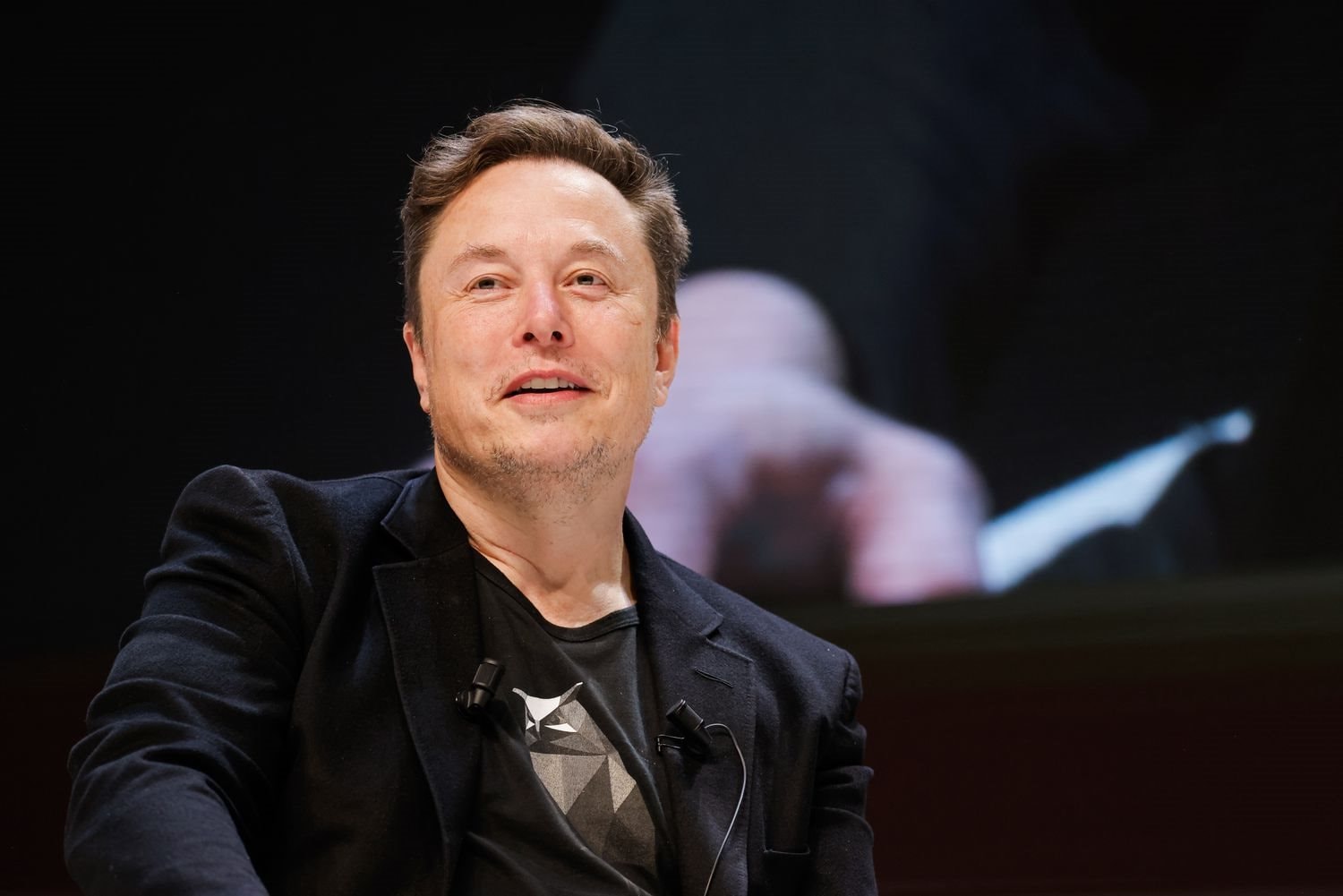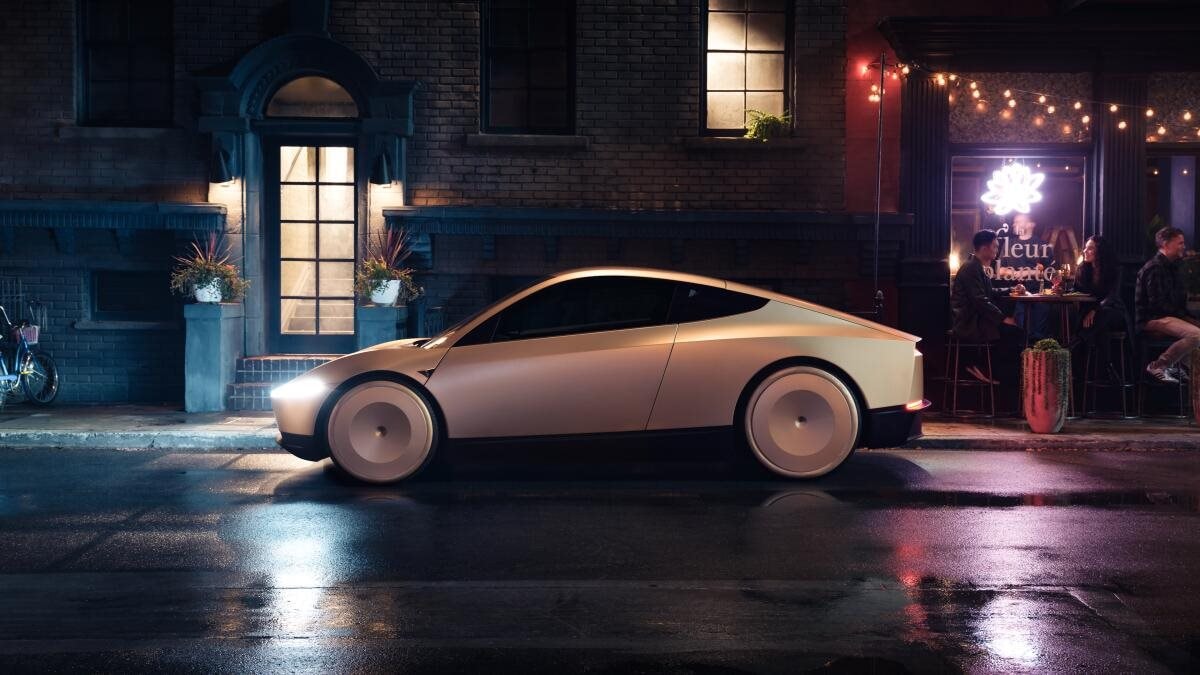Elon Musk plots to overthrow Uber, Grab with electric cars with more than 160,000 km of data per minute
Will Elon Musk succeed in overthrowing Uber and Grab like he did with the gasoline car industry?

Business Insider (BI) reported that Elon Musk has long been initiating the autonomous car race with the ambition to completely replace traditional ride-hailing models such as Uber or Grab.
Even in an interview with CNBC, the Tesla billionaire affirmed that he did not need to acquire Uber, but instead would develop “robotaxi”, a self-driving car calling service on the Tesla car platform with FSD technology that does not require a driver.
To realize this vision, Tesla not only utilizes the company’s own fleet but also allows Tesla car owners to share their cars, similar to the Airbnb model for cars.
160,000 km
One of Tesla’s decisive “weapons” is the amount of data collected from actual operations. Automotive News data shows that Tesla currently has more than 5 million cars equipped with FSD hardware and software on the road, providing about 50 billion miles (1 mile = 1.6 km) of autonomous driving each year.
As a result, Tesla collects data equivalent to 100,000 miles of road per minute, equivalent to 160,000 km, creating a huge advantage over other competitors.
At the same time, since 2014, the company’s Autopilot system has accumulated 3 billion miles with more than 200,000 automatic lane changes and 1.2 million Smart Summons, helping to improve the algorithm network and increase safety with each update.
Not to mention the large amount of data from xAI and Twitter-X that is integrated to enhance the personalization of the self-driving system according to the vision mentioned by Elon Musk.
Tesla plans to launch the robotaxi service in Austin, Texas in June 2025 with an initial 10 cars, then increase to 20, 30, 40 and expect to reach 1,000 cars in just a few months.
The first launch will operate in a limited model, combined with remote coordination to intervene when the system encounters complex situations.
However, Elon Musk said the further goal is 1 million self-driving cars across the US by the end of 2026, depending on the licensing process and legal standards in each state.
The commercial version of the FSD system will not require a driver behind the wheel, marking the transition from assisted driving to fully autonomous.
This is considered a turning point that will heavily affect the current taxi and ride-hailing market.
According to Electro IQ’s estimates, robotaxi technology and self-driving cars will generate revenue of $1.2 trillion from related industries in 2025.
Meanwhile, Coherent Market Insights estimates the global robotaxi market size at $4.23 billion in 2025 and will explode to $135.74 billion in 2032, with a compound annual growth rate (CAGR) of 64.1%.
The main revenue stream of this segment comes from autonomous ride-hailing services, reducing personnel costs and optimizing vehicle occupancy rates, opening up huge profit opportunities for those with technological advantages. At the same time, it creates a new revolution for the taxi and ride-hailing industry.
Not only robotaxi, the entire autonomous vehicle market is also booming strongly.

MarketsandMarkets estimates that the number of autonomous vehicles sold will increase from 37.09 million units in 2024 to 76.22 million in 2035, representing a CAGR of 6.8%.
On the other hand, Precedence Research reports that the autonomous vehicle market value will jump from $273.75 billion in 2025 to $4,450.34 billion in 2034, representing a CAGR of 36.3%.
Challenges
While Tesla is aggressively developing its robotaxi vision, other competitors are choosing the path of collaboration.
For example, Waymo (Alphabet) has tested 20 million miles on public roads and tens of billions of simulated miles, providing robotaxi services through the Uber app in several cities such as Phoenix, Austin, and Atlanta.
Lyft is partnering with May Mobility, Mobileye, Marubeni, etc. to launch self-driving cars on its platform, expected to be in the summer of 2025.
The advantage of this form of alliance is that it helps shorten the deployment time and divide the research costs, but it also depends a lot on the ability to manage partners and coordinate the journey.
However, in the context of Tesla’s advantages in data and technology, cooperation is inevitable.
On the other hand, Elon Musk’s robotaxi vision also faces many challenges, especially in terms of safety.
Tesla’s Q4/2024 report said that on average every 5.94 million miles driven with Autopilot activated, there will be 1 collision, lower than 1 collision every 0.6 million miles with conventional vehicles.
However, cases of traffic violations when using self-driving mode on Tesla cars, such as running red lights, are still recorded and receive much criticism.

In addition, state regulations in the US are fragmented, with no unified national standards. For example, in California, Tesla is still waiting for approval for robotaxi operations.
In addition, lawsuits related to liability in autonomous accidents or software security issues can also affect the speed of deployment of this new technology.
In short, Elon Musk and Tesla are facing the opportunity to redefine the entire personal transportation industry with autonomous robotaxi. With a huge data advantage, a rapid deployment plan in Austin, and a goal of 1 million vehicles by the end of 2026, Tesla is leading the race.
However, to turn the vision into reality, Tesla needs to overcome challenges related to safety, legality, and competitors.
If successful, Musk’s autonomous vehicle model will not only create a huge new source of revenue, but also change the way people move, reduce congestion and accidents, and reshape the global transportation industry in the next decade.
News
Niall Horan ‘struggled’ with this aspect of One Direction fame
Though the five One Direction lads looked happy on the outside, they struggled to cope with their drastic rise to fame, which…
Malone continued to gush about his daughter, calling her “f—ing hilarious.
Post Malone Is A Proud Dad, Reflects On Lessons Learned from Raising His 3-Year-Old Daughter And Her Love For George…
Kane Brown shares the results he got after deciding to give up some bad habits!
Kane Brown Quits Tobacco and Alcohol, Drops Over 24 Pounds in Remarkable Health Transformation “Once I realized how tough it…
Lainey Wilson feels like she has “Impostor Syndrome” where the devil always has a way of showing up, wielding his little stick, and stirring things up”
Country Star Lainey Wilson Makes Bold Admission About Her Career: ‘The Devil Has a Way of Coming In’ Lainey Wilson should…
Jelly Roll is seen as a ‘criminal’ during the tour in Australia.
Country music star said he was profiled, says he was looked at like criminal ADELAIDE, AUSTRALIA – OCTOBER 26: Jelly…
Whoopi Goldberg says Carrie Underwood was ‘wrong from the start’ singing at Donald Trump’s inauguration earned her more ‘hate’
Did she make a hasty decision? In a recent discussion, Whoopi Goldberg, the renowned actress, comedian, and co-host of *The…
End of content
No more pages to load












